|
|
|
|
|
|
|
|
December 22, 2022 | ISSUE 56 |
|
|
 |
PlanetScope • Utah & Arizona, USA • December 11, 2022 |
In this week’s issue: We look back on some of the defining moments of 2022 seen through satellite images; plus some snow in the Southwest.
We’re off next week—happy holidays and we’ll see you in the new year!
Having trouble viewing images? Then read this issue on Medium!
|
|
|
|
|
FEATURE STORYImages of the Year
If you’re reading this, it means we’re on vacation. Consider this our pre-recorded farewell—a final newsletter of the year made from satellite images of some of 2022’s most defining moments. Plus we threw in some fan favorites from the 50 issues we published this year. To those of you who have been here a while, thanks for journeying with us. And to those of you who are new, welcome aboard. Ad astra.
In New Year's spirit, 2022 opened and closed with natural fireworks, aka volcanic eruptions. But there was plenty of tectonic grumbling, rumbling, and belching in between. These planetary exhalations usually make a splash or a bang when active and are often dangerous to get close to. So we enjoy sharing the view from up here when we spot them waking. |
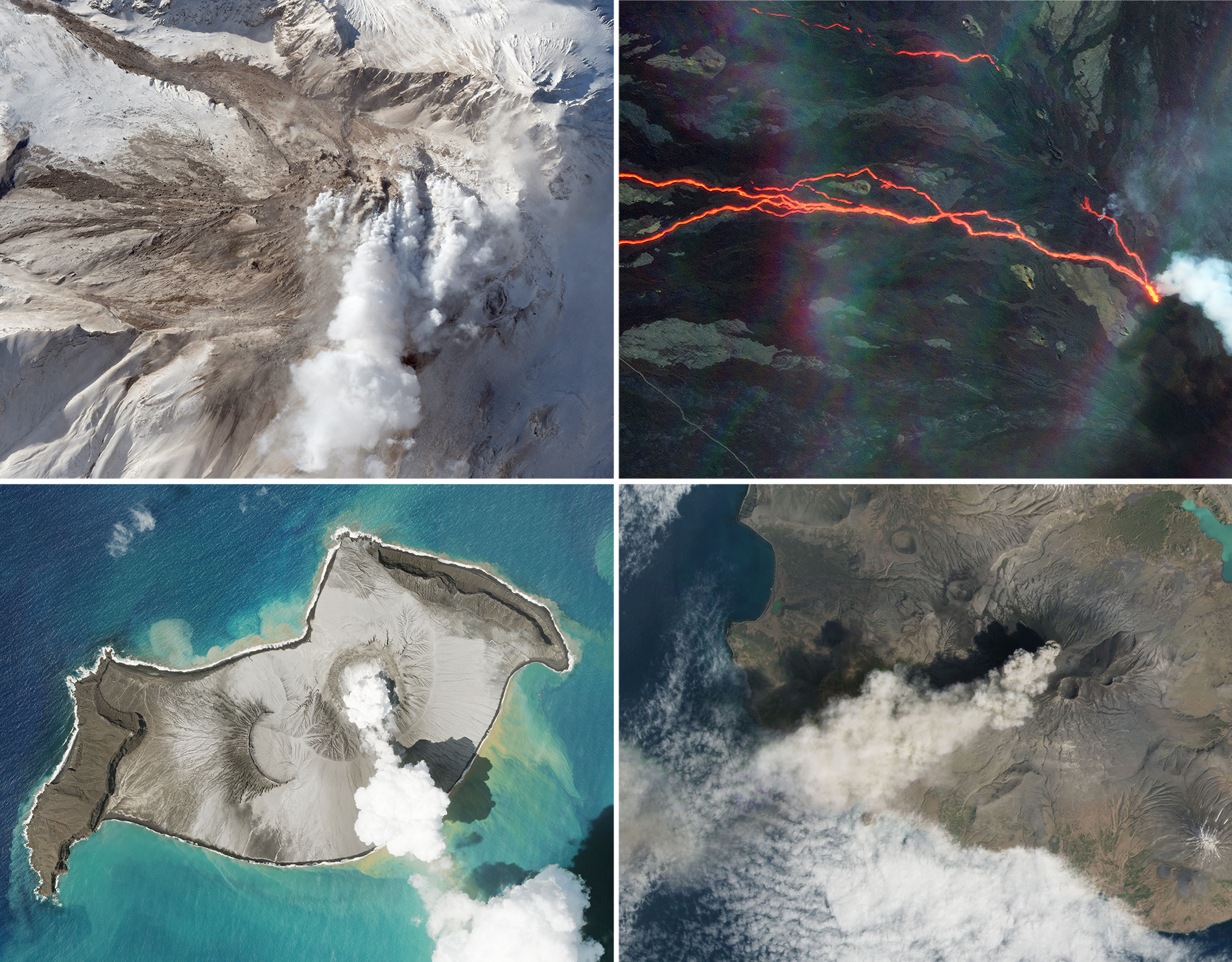 |
Top left: SkySat • Shiveluch, Russia • November 8, 2022Top right: PlanetScope • Mauna Loa, Hawaii, USA • December 1, 2022Bottom left: SkySat • Hunga Tonga-Hunga Ha’apai, Tonga • January 7, 2022Bottom right: PlanetScope • Mount Erebus, Alaska, USA • May 15, 2022 |
Geopolitical tensions erupted this year too as Russia invaded Ukraine in a global crisis that has irreparably changed both the region and how modern wars are fought. The proliferation of and accessibility to open-source intelligence tools have introduced an entirely new dimension to international conflicts. |
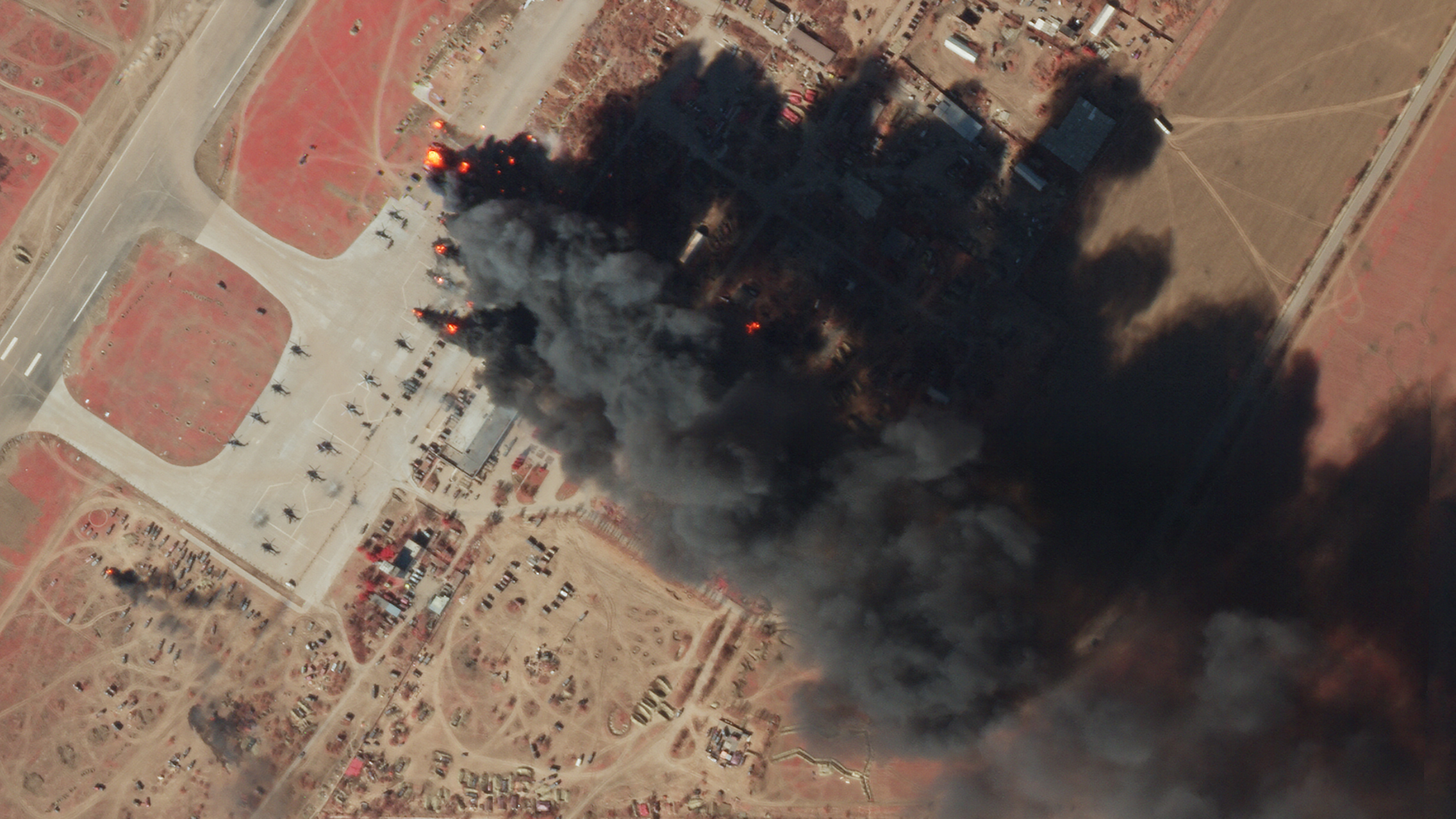 |
SkySat • Kherson Air Base, Ukraine • March 15, 2022 |
We always find it to be a big year for space, but this year felt extra momentous. The James Webb Space Telescope was launched and easily took the most striking images of our cosmos to date. Artemis 1 circled the Moon and signaled a new era of space exploration. And NASA’s DART spacecraft successfully redirected an asteroid by kinetic impact—a promising retaliation after eons of rolling with the extraterrestrial punches. |
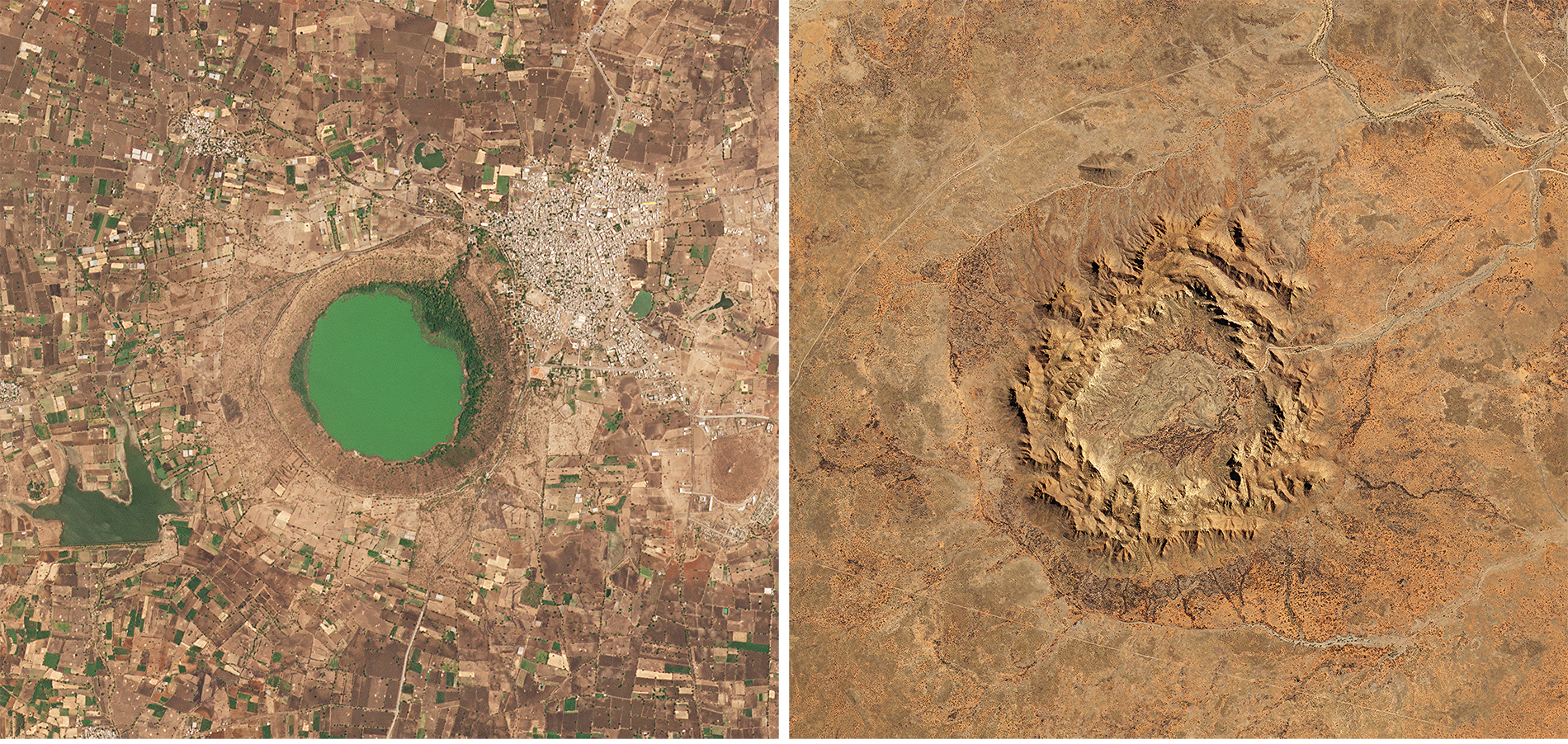 |
 |
TL: PlanetScope • Lonar Crater, India • 1.8km/1.1mi wide • May 1, 2022TR: PlanetScope • Gosses Bluff, Australia • 4.5km/2.8mi wide • September 22, 2022BL: PlanetScope • Roter Kamm Crater, Namibia • 2.5km/1.6mi wide • September 9, 2022BR: PlanetScope • Pingualuit Crater, Canada • 3.4km/2.1mi wide • July 22, 2022
|
While some scientists explored the expanse of the universe, others investigated the depths of our oceans. A team of scientists and meteorologists set out for Antarctica on the ice-breaking S.A. Agulhas II earlier this year. Their mission? To study how the pack ice is changing and to find the legendary Endurance shipwreck (they found it in good condition, albeit with an additional barnacle or two on the hull). |
 |
SkySat • S.A. Agulhas II, Antarctica • February 20, 2022 |
Among the many changes associated with the climate crisis is the transformation of phrases like “1-in-1,000 year events.” Once rare, these episodes are now occurring with disturbing frequency. And 2022 was no stranger to the Biblically-proportioned fires, floods, droughts, heat waves, and storms that we now associate with the swings of the calendar year. |
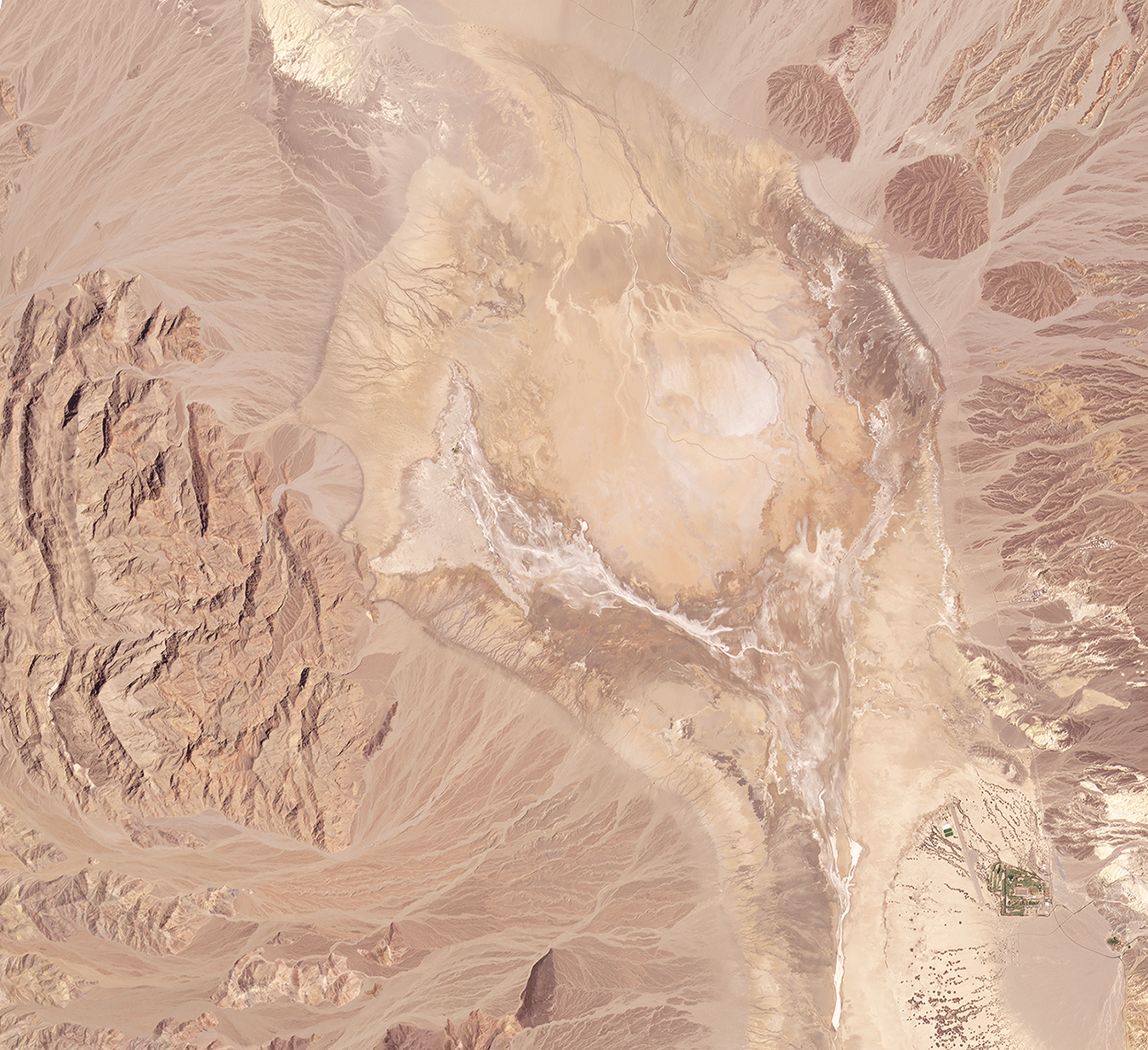 |
PlanetScope • 1-in-1,000-year flooding in Death Valley, CA, USA • August 3 - 7, 2022 |
As parts of Earth flooded, others dried. And as rivers and lakes evaporated, all sorts of secrets emerged: shipwrecks, hunger stones, bodies in barrels (yikes), and ghost towns. In China’s Poyang Lake the waters parted to reveal an intricate lake bed lying beneath. |
 |
|
PlanetScope • Poyang Lake, China • August 2021 - August 2022 |
Despite all of this year’s devastation, there were some spectacular moments of creation. Herring spawns and algal blooms are two yearly events that remind us it’s often the smallest of organisms that can have the largest visual impact from space. |
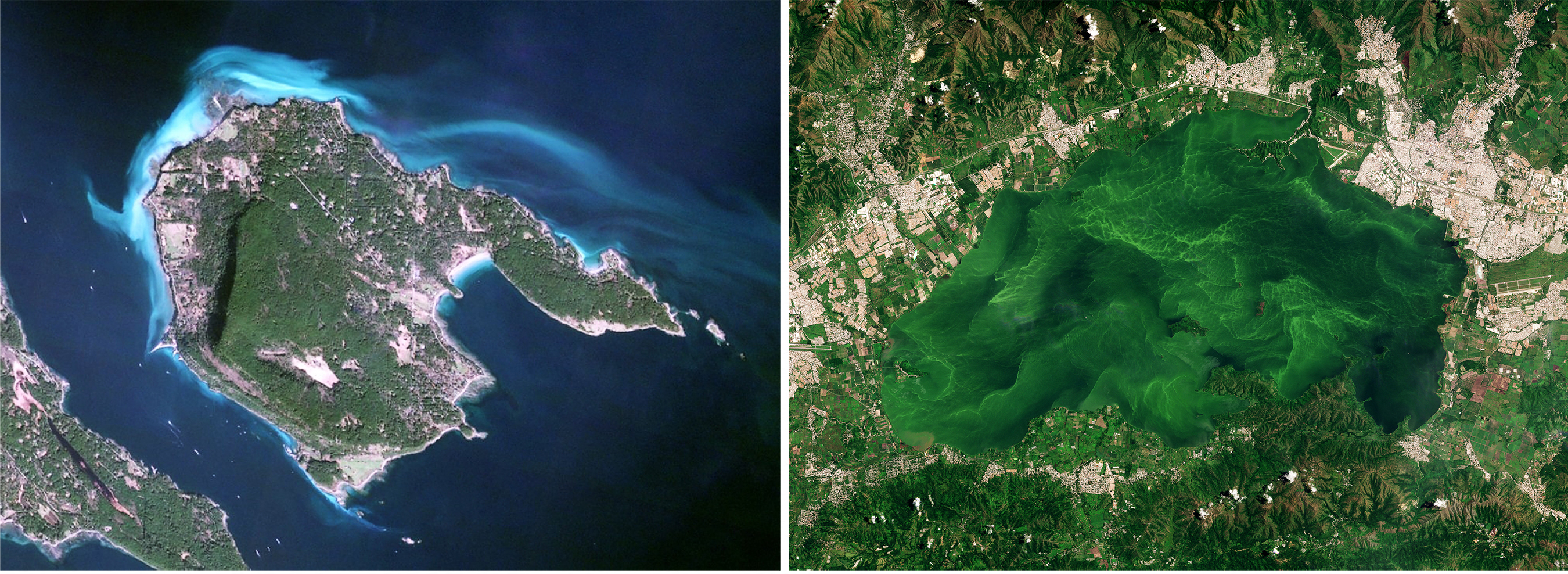 |
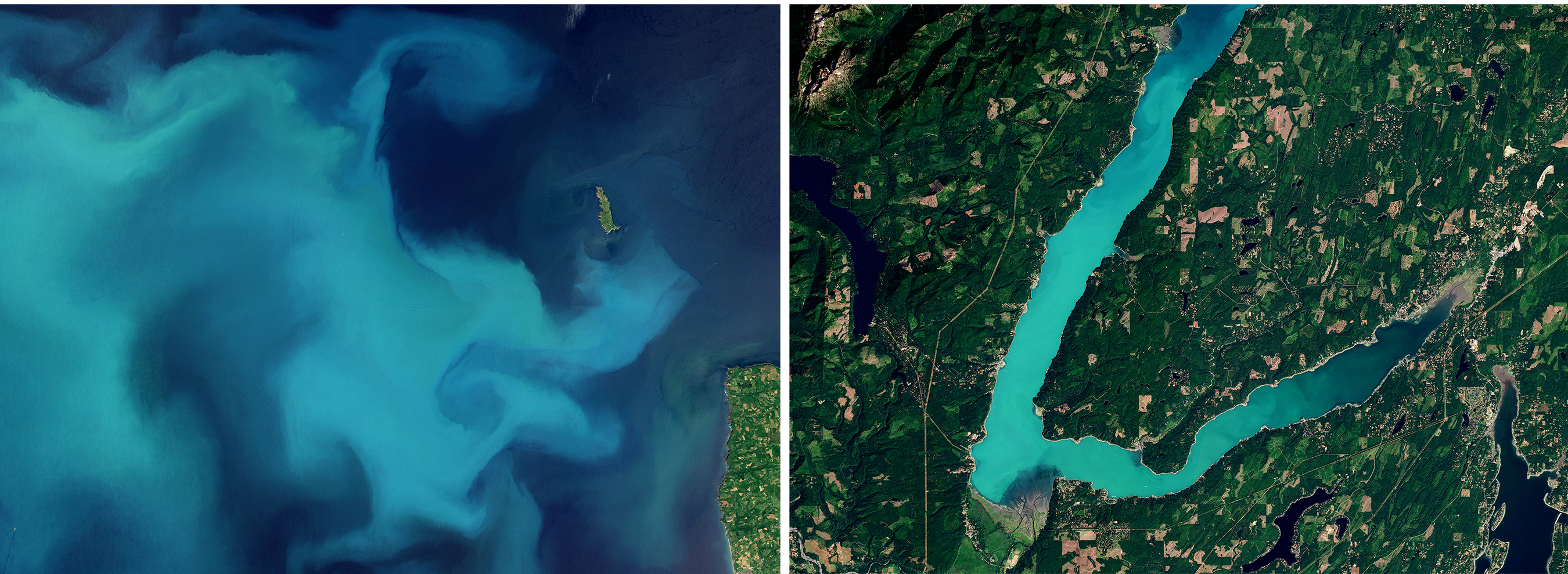 |
TL: PlanetScope • Hornby Island, BC, Canada • March 6, 2022TR: PlanetScope • Lake Valencia, Venezuela • August 12, 2022BL: PlanetScope • Bristol Channel, Great Britain • June 3, 2022BR: PlanetScope • Hood Canal, Washington, USA • August 23, 2022
|
2022 breathed some normality back to life after the decade started with a civilization-altering pandemic and years of lockdown. Office work, hangouts, and parties crept their way out of the metaverse and back to in-person. Sometimes taken to the extreme like the 200,000 concertgoers who attended the Glastonbury Festival this summer and transformed this English dairy farm into a raging party. |
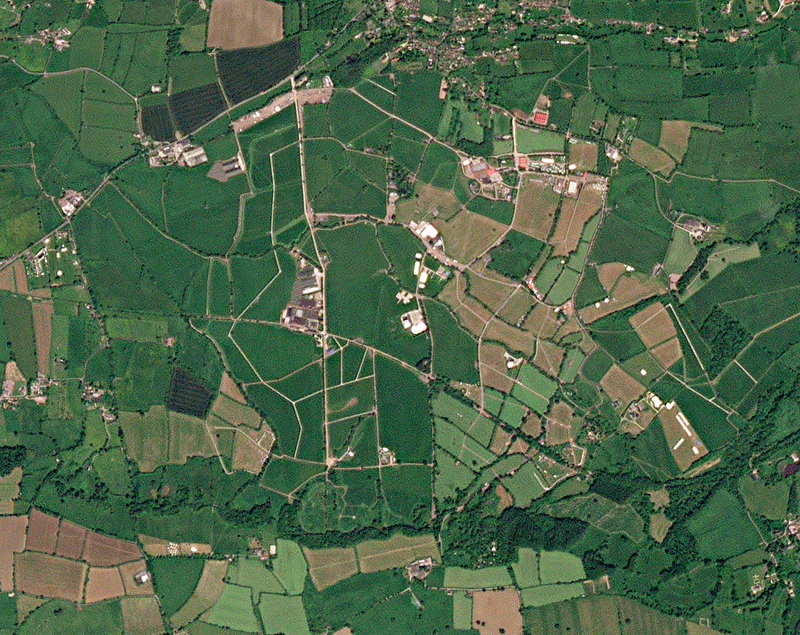 |
PlanetScope • Glastonbury Festival, Somerset, England • May 27 - July 11, 2022 |
There’s no better way to close out the year than doing what we enjoy most: celebrating the beauty of Earth. The news cycle is usually heavy, horrid, and fast. But we like to slow down when we can and be thankful for the wonderful space rock we call home. And a huge thank you to all of you who read and support our work, we couldn’t do it without you. We’ll see you in the new year. |
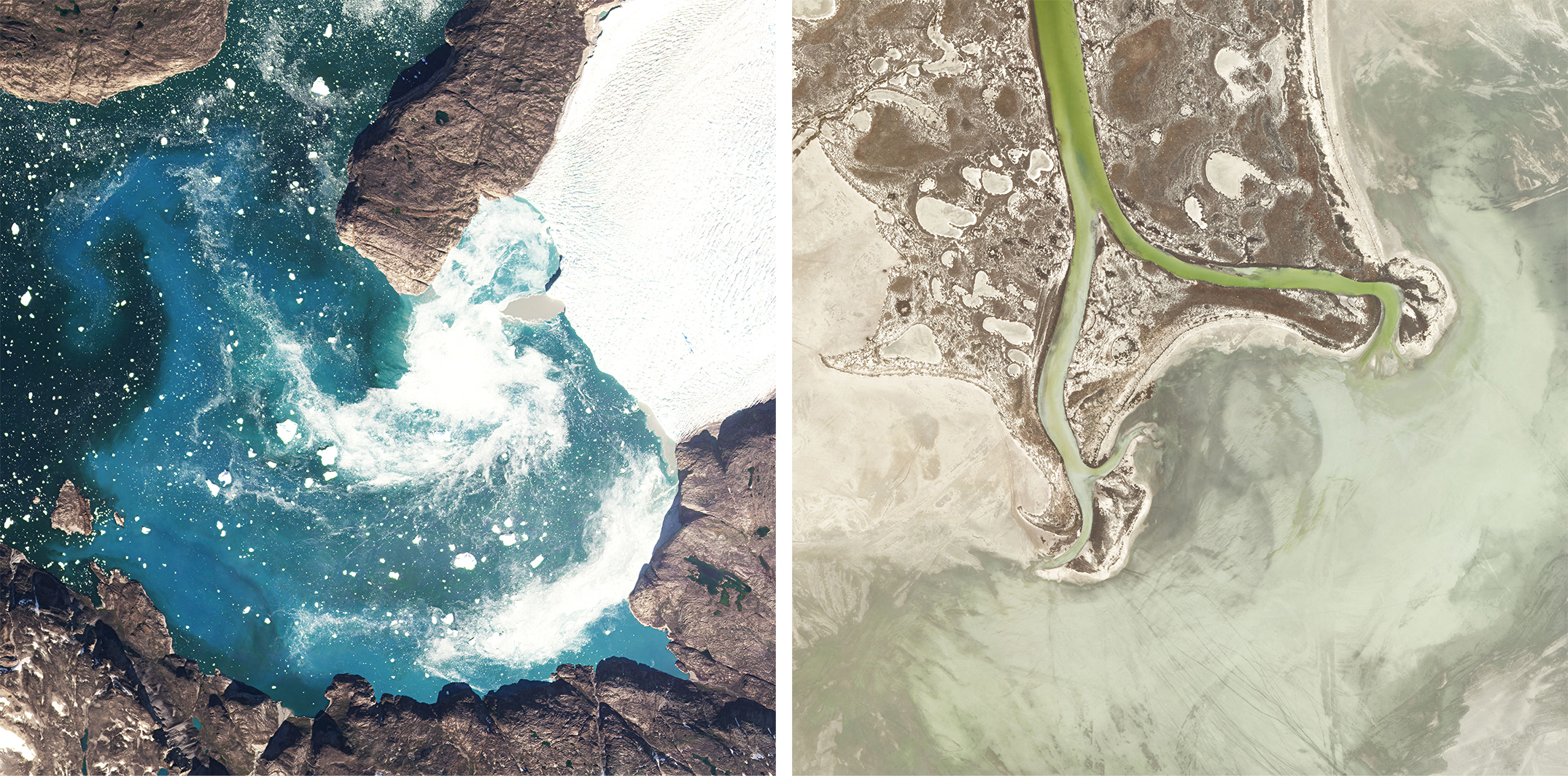 |
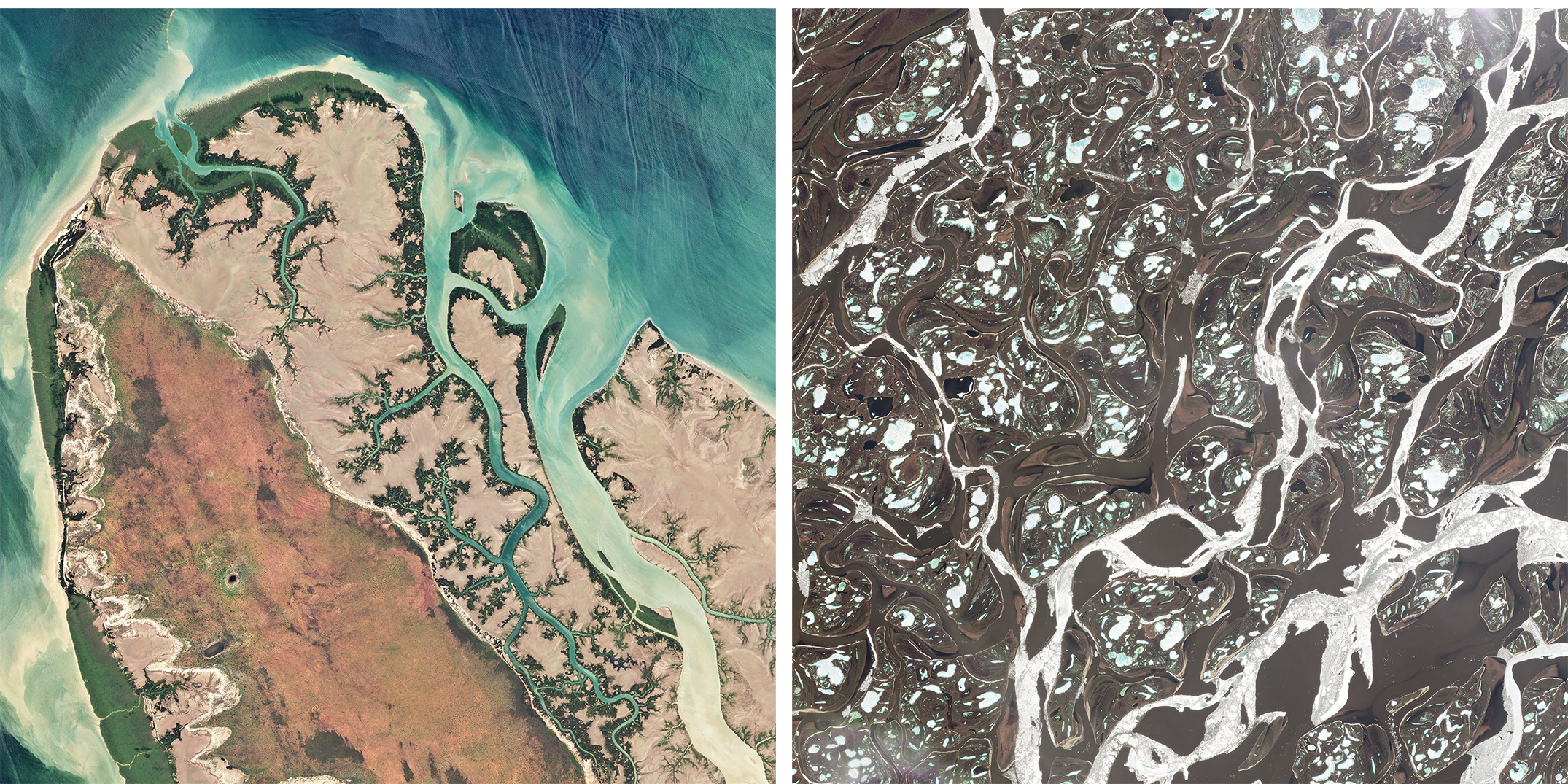 |
TL: PlanetScope • Store Glacier, Greenland • August 20, 2022TR: SkySat • Ekuma River, Namibia • May 25, 2022BL: PlanetScope • Derby, Australia • February 14, 2022BR: PlanetScope • Lena River Delta, Siberia, Russia • June 6, 2022
|
|
|
|
|
|
|
|
|
|
|
|
Weekly Revisit
Last week we examined how La Niña impacts the global climate, drying some places while flooding others. Take a look in case you missed it and check out the whole archive for more.
|
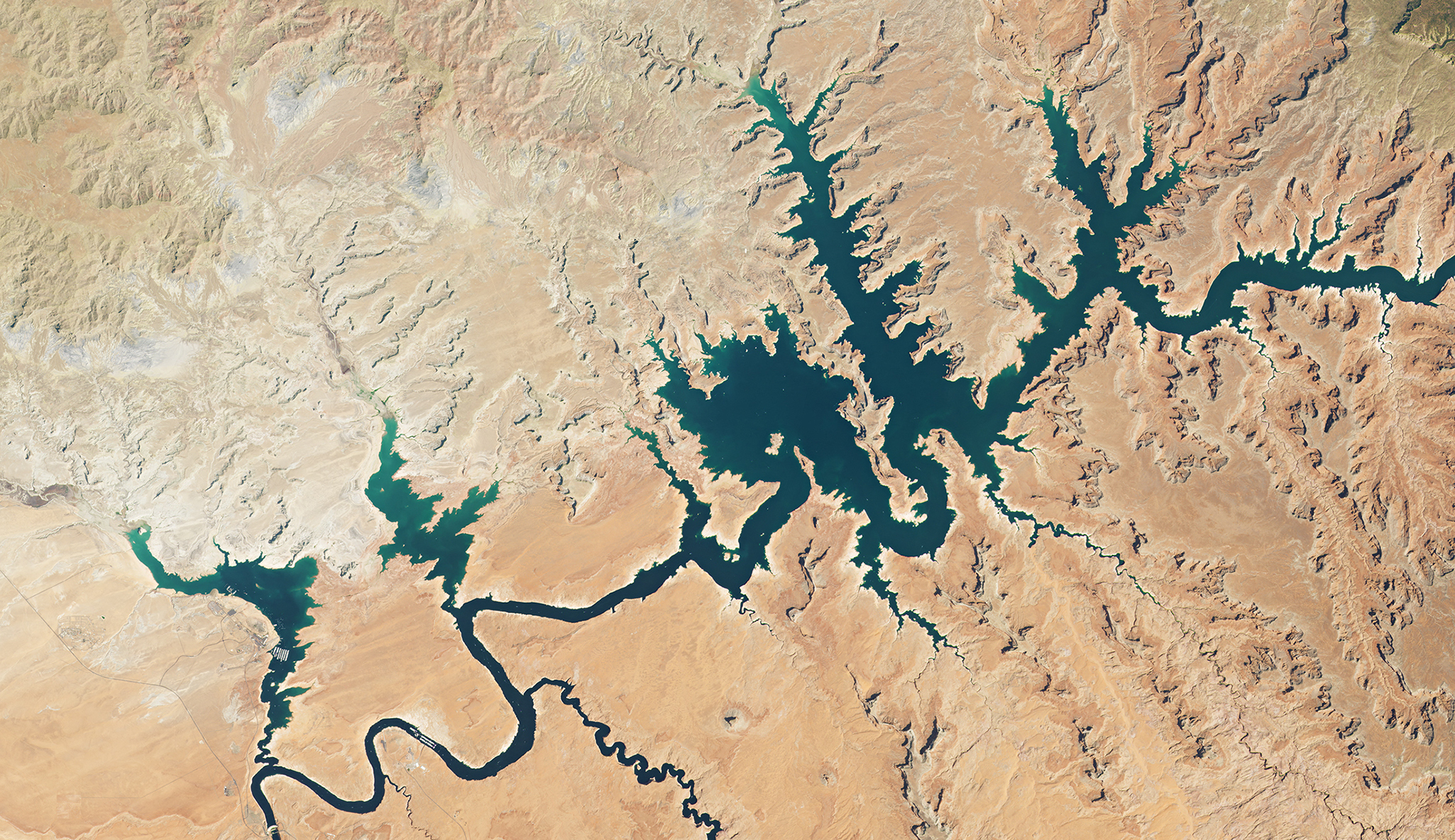 |
PlanetScope • Lake Powell, UT, USA • August 15, 2021 |
|
|
|
|